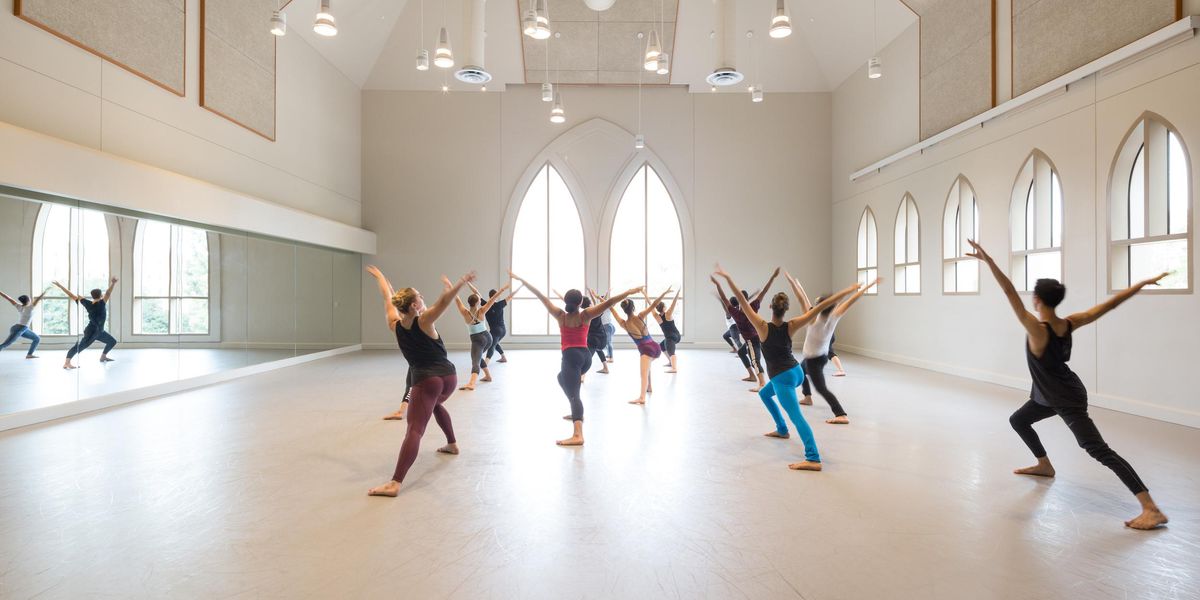Paris Opéra Ballet
Palais Garnier
Paris, France
October 31–November 10, 2012
Performance reviewed: Nov. 2
Never before has the Paris Opéra Ballet invited one of its female artists to create a new work for the company on the main stage. So the production of Sous Apparence by the étoile Marie-Agnès Gillot caused quite a stir.
Having crafted some less ambitious pieces for a hip-hop group, a flashmob and members of the Paris Conservatoire, Gillot made her choreographic debut at the Garnier with a half-hour abstract work for 19 dancers, all of whom, men and women, performed in pointe shoes on a slick reflecting surface.
Dressed identically in fitted trousers with cords knotted around their bare or seemingly bare torsos, they shared and swapped gender roles, with the women sometimes carrying the men and the men turning and balancing unsupported on pointe. Interviewed for the program, Gillot spoke about her desire to “desexualize certain laws” of ballet in order to explore her classical heritage and its future development.
Whatever her intention, in the act of transforming her ambitious concept into reality she undercut the dancers’ elegant skill and left them looking dedicated but awkward. Feet parallel and knees bent, the men staggered around like beginners who were unsure of their balance and their ability to remain upright. Their pirouettes wobbled, their jumps scarcely left the floor.
Vincent Chaillet in Marie Agn
ès-Gillot’s Sous Apparence.
All photos by Julien Benhamou, courtesy Paris Opéra Ballet.
More at home in their shoes, the women turned their feet in and broke their poses into sharp angles, often slinging themselves around the men to be dragged away. Except in one striking unison ensemble built around yearning port de bras, they too sacrificed their hard-won grace to Gillot’s vapid dabbling in non-classical shapes.
In one sequence, dancer after dancer ended a quick run across the stage with a deliberate skid, front foot pointed, back foot slightly flexed. It could have been fun, for us as well as the performers. But their studied relaxation seemed cheerless, less a bravura display of controlled risk than a conceptual proposition.
When Merce Cunningham choreographed Un jour ou deux for this company in 1973, it lasted 90 minutes and constituted a complete program. Following Gillot’s piece, his one-hour revised version (1986) realized her goal more effectively than she did, fusing a contemporary sensibility to ballet as if they were made for each other.
Artists of Paris Opéra Ballet in Merce Cunningham’s
Un jour ou deux.
As usual, the movement, John Cage’s delicate percussive score, and Jasper Johns’ designs—two translucent scrims and pearly gray and white unitards—were created without reference to each other. Yet together they defined a serene atmosphere that displayed these magnificent dancers at their best, in full command of both the classical language and its modern, off-kilter reinvention.
Guided from childhood toward an assured, polished technique, as adults these artists can bend it to any purpose, which is precisely what Cunningham’s choreography demands. Their confidence functioned for us like a signpost, calmly directing our attention to each gesture’s intrinsic potential.
Curved backs straightened and then twisted like taffy, partners overlapped without touching, flurries of soundless beats exploded out of nowhere.
Every unexpected change of direction, balance, or dynamic led us to consider the infinite possibilities that can materialize in the blink of an eye.




